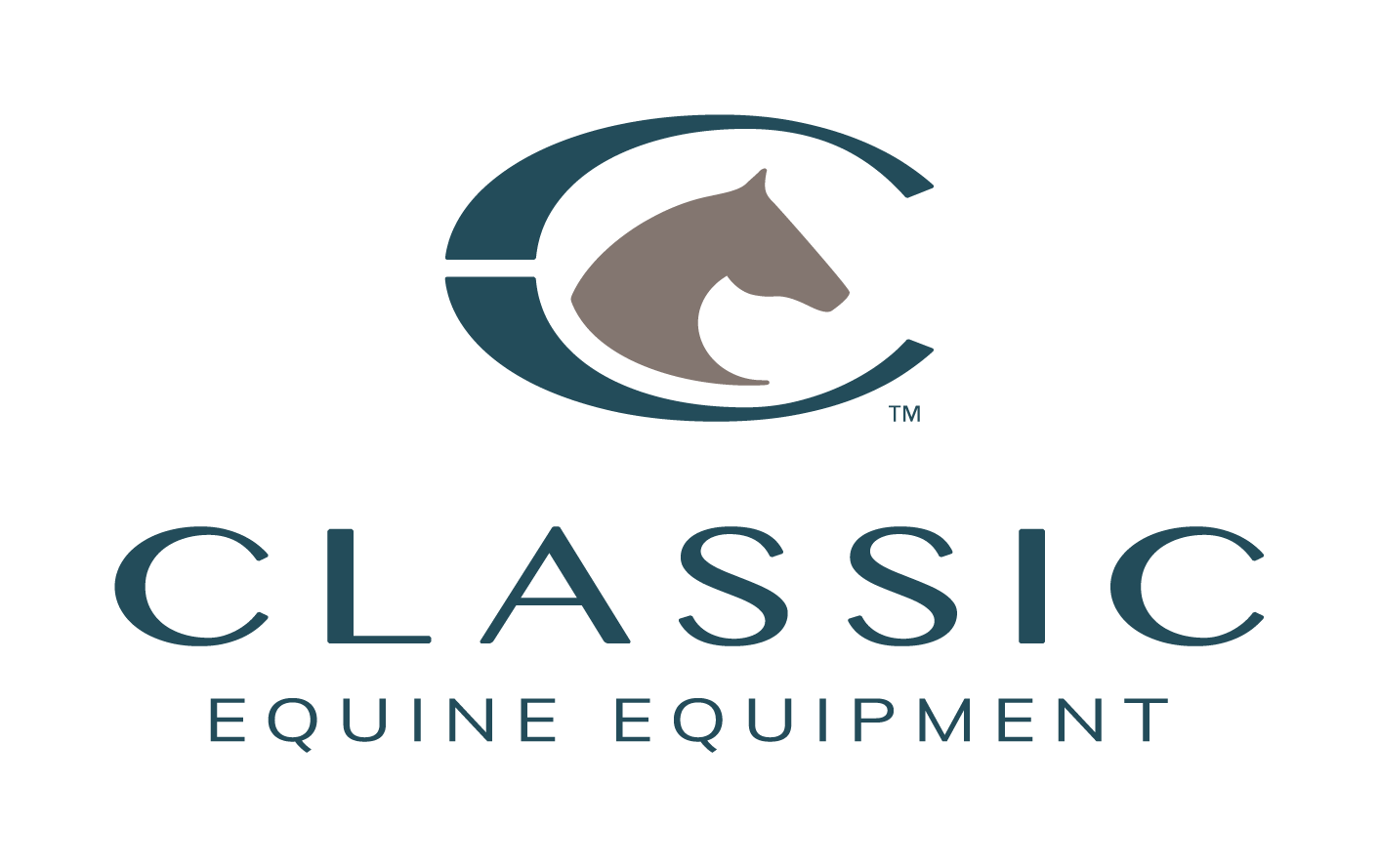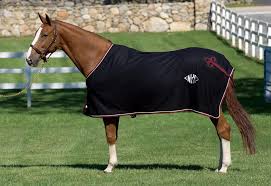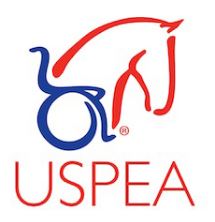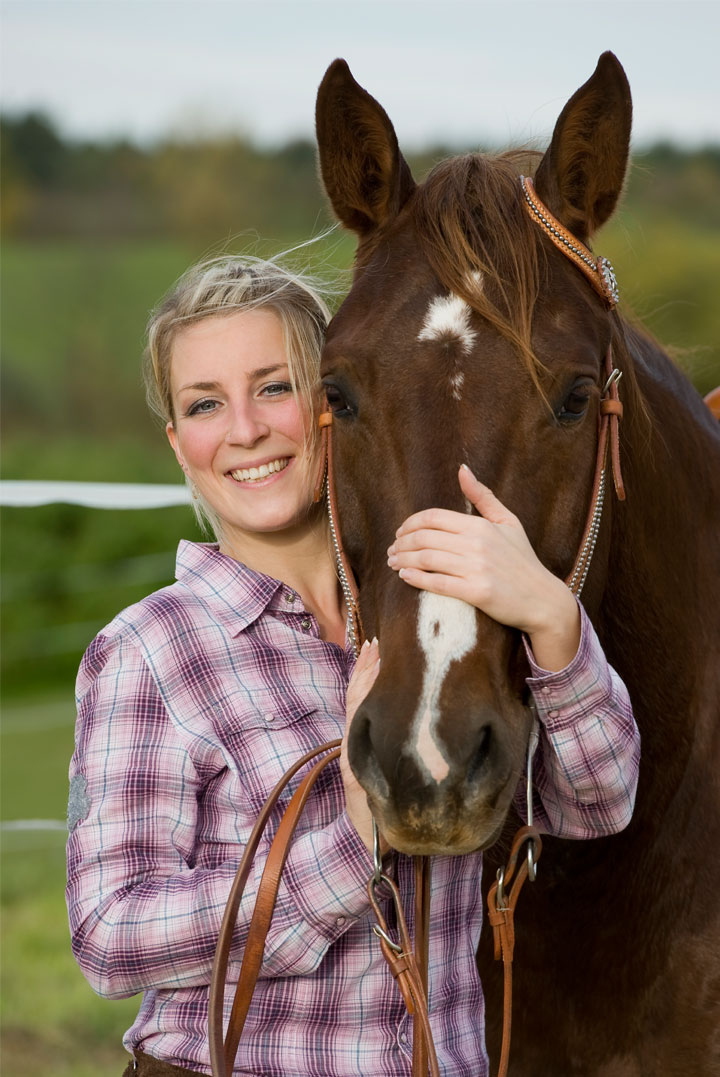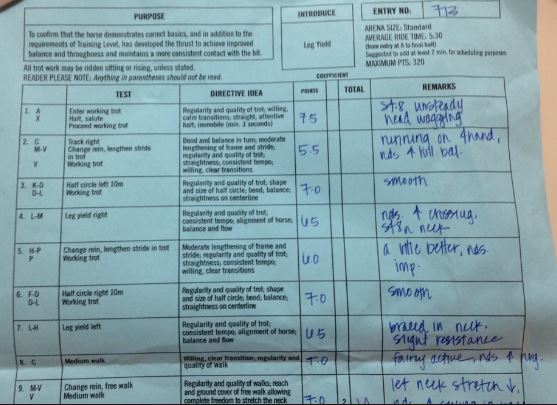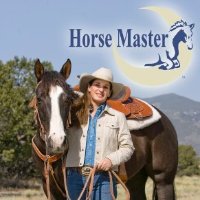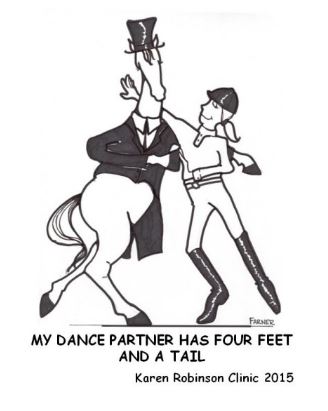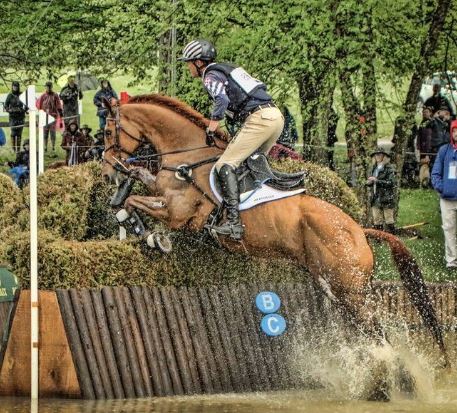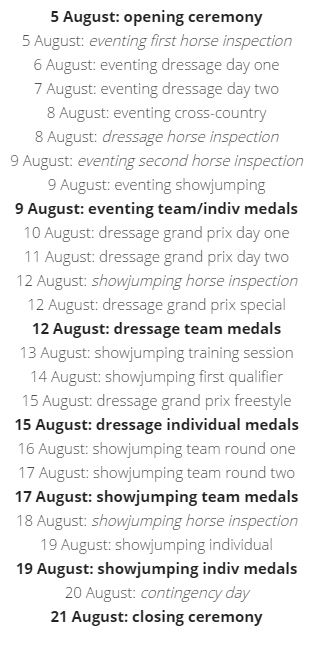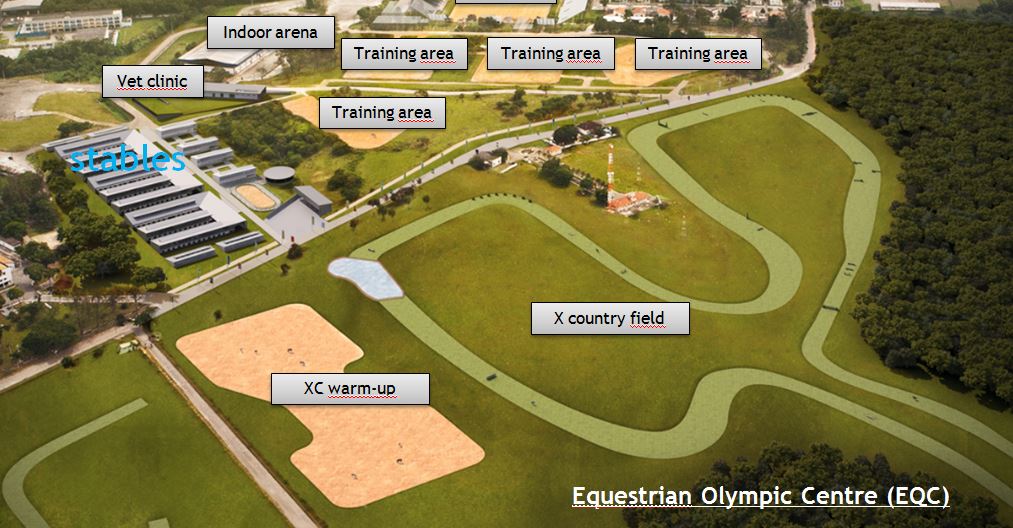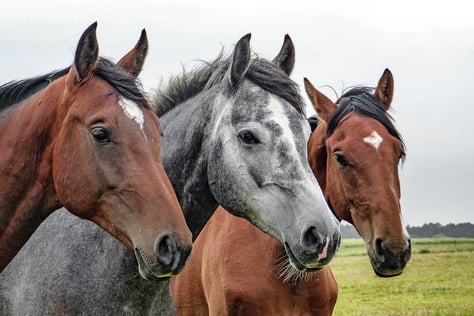Days are getting shorter, nights are getting colder. Look through any horse product catalog and you’ll see an overwhelming amount of cover-ups for your horse for the coming inclement weather. Quarter sheets, coolers, stable sheets, turnouts. While it’s great to have so many choices, having all those options can be a bit overwhelming. Here are some things to think about before you decide to buy.
Choosing The Right Cover-up For Your Horse
A Political Voice For Horses: The American Horse Council
If you’ve been involved even peripherally in the political scene over the several months, you have probably heard of lobbyists and special interest groups using their voice to be sure that our government is aware of their concerns and needs. But who is speaking up for the horse industry? The American Horse Council!
Improve Your Dressage - Volunteer To Be A Dressage Show Scribe
One of the best ways to improve your dressage scores is to volunteer to scribe for a judge at a dressage show. This gives you a front-row seat to see the ride and hear how the judge scores it. It can help you learn just what the judge’s are looking for in each movement. Not only will you hear the number score, you will also hear any comments the judge makes as to why they scored the movement the way they did.
What I Accidentally Learned at a Julie Goodnight Clinic
Earlier this year, I attended my first Julie Goodnight clinic at the Washington State Horse Expo in Ridgefield, WA. For those of you who don't know her, Julie Goodnight is a multidisciplinary rider and clinician, with experience in dressage, jumping, racing, reining, colt-starting, cutting, and wilderness riding. She teaches natural horsemanship, emphasizing doing what is best for the horse, and also the rider's safety at her clinics and on her television show on Horse Master With Julie Goodnight.
Creating the Dressage Musical Freestyle
It's sometimes called “horse ballet” by those that don't understand the sport. But actually, they are not too far off. The power and elegance of dressage combined with the beauty of appropriate music can turn our sport into art – like figure skating or, yes, even ballet.
Equestrian Olympic Medals - Team vs. Individual
2016 OLYMPIC EQUESTRIAN COMPETITION SCHEDULE
Having kept up with the U.S.A. Equestrian Team Selections, I was surprised to find that not much is written about the horses who are going to Rio. So here are some basics about our "Team Equine":
A Horse's Road To Rio - The Competition
In August, the world’s best equestrians and their horses will arrive in Rio de Janiero for the 2016 Olympic Games. Almost 300 horses from 40 countries will compete in both team and individual dressage, eventing and jumping. Later, the Paralympic games will take center stage.
A Horse's Road To Rio - The Venue
Horses will begin arriving for the Rio Olympics the first of August. Horses for the Paralympic games will arrive the first of September. As with all the previous travel, Peden Bloodstock will coordinate the horse’s arrival and stabling at the game. FEI developed the Customs & Freight Manual Appendix EQUESTRIAN FREIGHT to assist them in a smooth operation. Their goal is to have all formalities and procedures completed as swiftly and smoothly as possible to settle the horses, attendants and equipment at the Deodoro Olympic Equestrian Center quickly. Located west of Rio in the Deodoro area, the trip to the stabling area should take approximately 45 minutes from the airport, depending on traffic.
